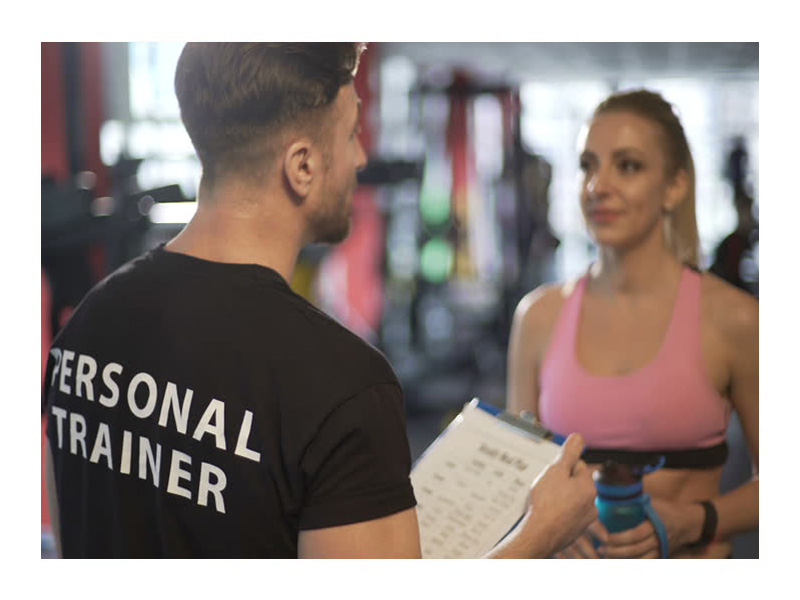
Our Classes
The aerobic session of 20-30 min. at the intensity suggested by the trainer based on assessment of the member.
Twenty minutes resistance training utilizing free weights and the individuals own body weight as resistance could improve the client’s muscular endurance, strength and body composition with increased lean mass.
A concluding 10 min stretching session targeted at major joints could improve the participants flexibility.

For developing cardiovascular endurance, we recommend most advanced training including brisk walking, jogging, running, cycling, elliptical cross training, cross-fit programs etc.,
Chronic adaptations will be made in response of a regular exercise program:
Cardiovascular benefits
There will be increased
Size and strength of the myocardium
Increased stroke volume, total blood volume and cardiac output
VO2 max (maximum aerobic capacity)
Improved recovery heart rate
Anaerobic threshold & work capacity
Lactic acid tolerance
There will be decrease in resting heart rate and submaximal exercise heart rate and resting and submaximal blood pressure (BP)

This program goal is to select one exercise for each major muscle group, achieve muscular balance, prevent injury and increase efficiency of movement. Muscle groups of chief concern are:
Abdominus, Erector Spinae
Pectoralis, Latissimus Dorsi & Rhomboid
Biceps, Triceps & Forearm
Anterior, Posterior & Lateral Deltoid
Quadriceps, Hamstrings & Gastrocnemius
There are many variations to train these muscle group where our trainer will suggest based on client’s assessment.
Positive Adaptations to Strength Training
Increased muscle fiber size, muscle contractile strength, tendon tensile strength, bone strength, ligament tensile strength

We assess the flexibility our client to design adequate program as well as overall fitness and injury prevention. Range of Motion (ROM) refers to the possible movement about a joint in a static or dynamic state, and is an indicator of flexibility. Improved flexibility may reduce injury risk. ROM exercises are important during warm-up to prepare the muscles for work. ROM can be most effectively and safely improved through joint limbering rhythmic exercises and static stretch once the muscle is warmed up.
The benefits derived from full, usable and safe ROM at various speeds of movements include the following:
Increased physical efficiency
Decreased risk of injury
Increased blood supply to joint structures
Increased the quantity and decrease the viscosity of synovial fluid
Increased neuromuscular coordination
Decreased risk of low-back pain
Reduced stress

